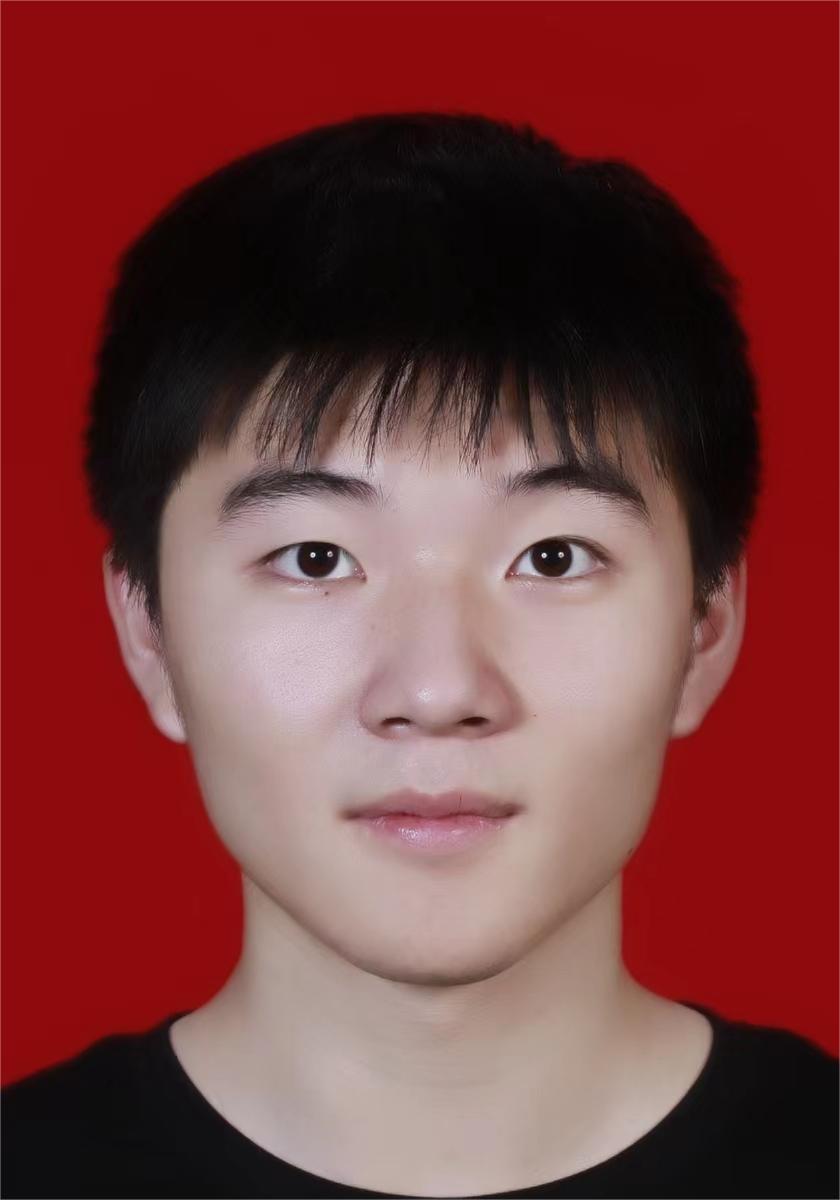Intent-Based Networking (IBN)
Setting up, configuring, and maintaining network environments pose significant challenges, invariably requiring the expertise of network professionals. Intent-Based Networking (IBN) redefines the paradigm of network management and control by enabling the network to understand and execute users’ high-level intents.
Unlike traditional device-centric management models, IBN emphasizes automating policy deployment, configuration provisioning, and state verification. We focus on core problems like intent modeling, intent translation, and intent verification. It explores the application of Natural Language Understanding, logical reasoning, and machine learning within IBN systems, aiming to construct a more intelligent, adaptive, and future-proof network management architecture.
AI DC (AI Data Center)
Today, following the rapid advancement of artificial intelligence, the demand for computing power has surged dramatically. Intelligent computing centers have emerged to meet this demand, specializing in providing the high-performance computing (HPC) capabilities required for AI model training and inference.
AI Data Centers (AI DCs) represent a new type of data center specifically tailored for large-scale artificial intelligence model training and inference tasks. Addressing the challenges of extremely high compute density, massive-scale data movement, and stringent energy efficiency requirements, this research direction conducts in-depth research on key issues surrounding AI DC architecture, resource orchestration, energy efficiency optimization, and intelligent scheduling. We investigate how to enhance the performance, reliability, and sustainability of AI DCs by integrating high-speed interconnects, distributed computing frameworks, and intelligent optimization algorithms, thereby providing robust computational support for the deployment of large-scale AI applications.
Vehicle-to-Everything (V2X)
In recent years, with the continuous growth in the global number of vehicles and the increasing complexity of urban traffic, traditional traffic management models face numerous challenges, including insufficient safety, low efficiency, and increased environmental burden. To achieve a safer, more efficient, and smarter travel experience, Vehicle-to-Everything (V2X) has emerged. By building a real-time communication network connecting vehicles with other vehicles, road infrastructure, pedestrians, and cloud platforms, V2X is poised to become a key enabling technology for the future development of intelligent transportation and autonomous driving.
Vehicle-to-Everything (V2X) is a crucial technology for future intelligent transportation systems (ITS), designed to enable efficient, real-time communication between vehicles and their surrounding environment (including other vehicles, roadside infrastructure, pedestrians, and cloud platforms). By integrating technologies like wireless communication, edge computing, and artificial intelligence, V2X can enhance traffic safety, optimize road resource utilization, and drive the advancement of autonomous driving technology. We concentrates on critical challenges including V2X communication protocol design, intelligent cooperative decision-making, edge intelligence optimization, and data security & privacy protection. It is committed to providing foundational technological support for the development of intelligent transportation and smart cities.
Intelligent Networks
Network modeling is an indispensable part of modern networking, widely employed for network design and optimization. However, due to the increasing scale and complexity of networks, some traditional network models exhibit significant limitations. Examples include the assumption of Markovian traffic in queuing theory models or the high computational cost of network simulators.
Intelligent networking aims to deeply integrate Artificial Intelligence (AI) technologies into the design, optimization, and management of network systems, empowering networks with capabilities for autonomous perception, autonomous decision-making, and continuous evolution. By developing intelligent agents capable of simulating, predicting, and guiding traffic behavior, this research direction explores key problems such as data-driven network resource scheduling, traffic modeling, and anomaly detection. We place particular emphasis on the sub-field of “Self-evolving Networks,” aiming to endow network systems with adaptive learning and self-optimization capabilities. This allows them to cope with constantly changing application demands and complex, dynamic operational environments, thereby fostering the innovative development of next-generation intelligent network architectures.
Active Members
Ph.D Students
-

Lingqi Guo
-

Rongxin Han
-

Yu Liu
-

Yuexi Yin
-

Zhaoyang Wan
Master’s Students
-

Caijun Yan
-

Cengteng Jiang
-

Chaowei Xu
-

Chenjie Wu
-

Chenxi Li
-

Chenyang Zhao
-

Feiyang Meng
-

Hao Zhang
-

Haoran Zhao
-

Haotian Chen
-

Hongchuan He
-

Jianyu Wu
-

Jiaqi Sun
-

Jinsheng Zhang
-

Junfei Wang
-

Min Zhang
-

Mingxiao Ma
-

Pengyang Huang
-

Qianlong Fu
-

Shaochen He
-

Wangrunze Lv
-

Wenhao Liu
-

Wenlong Zhao
-

Wujun Jiang
-

Xihua Jin
-

Xingyu Ceng
-

Xinhao Feng
-

Xumeng Tian
-

Yuan Zhang
-

Yuanjie Duan
-

Yuehan Zhang
-

Yuelin Wang
-

Yuhang Yan
-

Yuheng Shi
-

Yuxing Peng
-

Yuzhe Zhang
-

Zhengyan Weng
-

Zicheng Wang
Publications

Page Contributor
Yuheng Shi | 史宇恒
